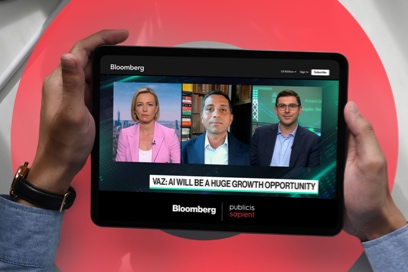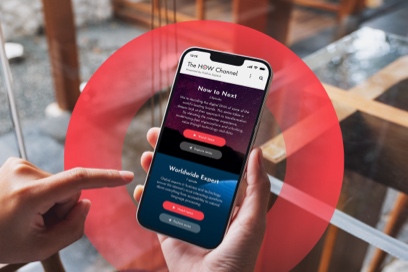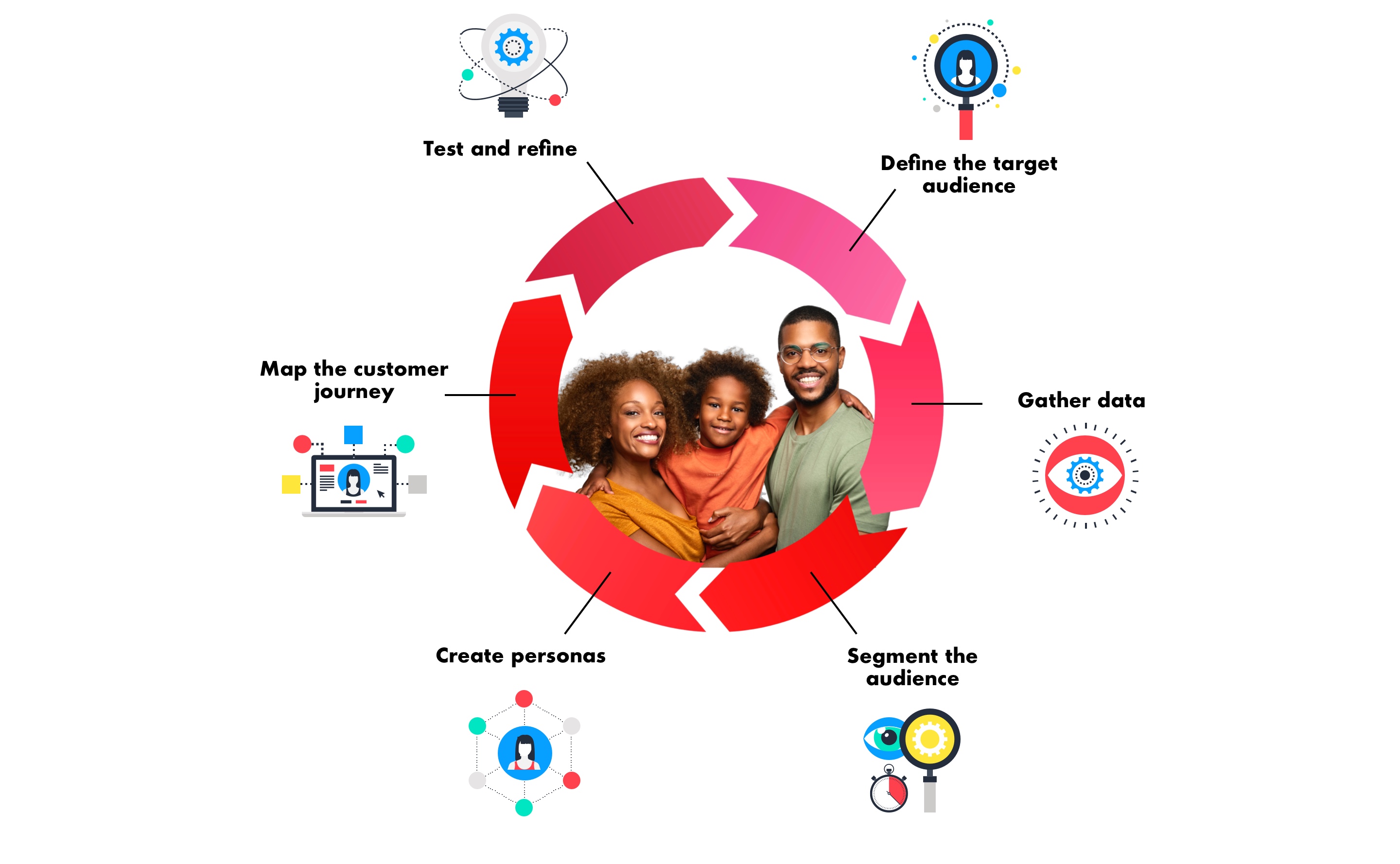Technology leadership is important in communications because it enables an organization to use the latest advancements in technology to communicate more efficiently and effectively with stakeholders. Technology advancements can provide new ways of reaching target audiences and can increase the speed and accuracy of communication. Being a technology leader in communications also helps to enhance an organization's reputation and credibility as a forward-thinking and innovative entity.
These days, government marketing is mostly paperless, meaning communication with citizens is largely digital, using digital channels of communication such as email, chatbot or social media to interact with the public. Technology should make it easier for government marketing to communicate with people and for people to access content. Constituents live across all demographics, so communication requirements will be unique depending on the audience. These could include a consumer audience or a professional or scientific audience. The National Institutes of Health, for example, must consider multiple critical constituencies—such as researchers, doctors and the general public—and build separate strategies accordingly.
Being a leader in technology means being able to understand the future of content—for example, how more people are accessing content on mobile devices. It also means balancing the budget with tech and evaluating which new product to invest in by understanding how audiences are actually engaging with tech. Ultimately, the goal of a leader in technology is to bring people together and be united for the greater good.


















